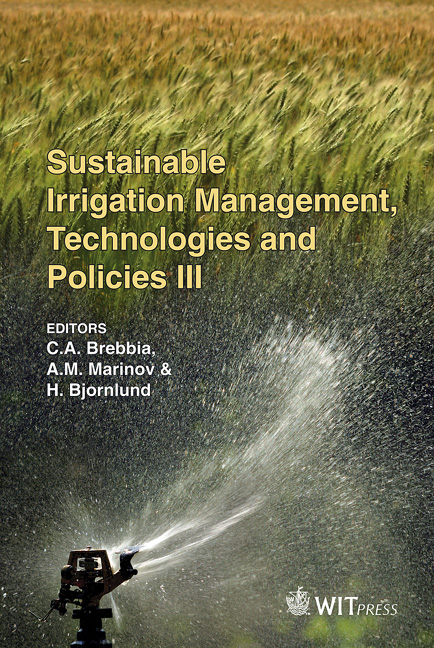Design For An \“engineered Sinkhole” To Improve, Recharge And Reduce Evapotranspiration In An Upstream Flood Control Structure
Price
Free (open access)
Transaction
Volume
134
Pages
8
Page Range
145 - 152
Published
2010
Size
983 kb
Paper DOI
10.2495/SI100131
Copyright
WIT Press
Author(s)
Y. Leventeli, T. Halihan, M. Dailey, K. Hurt & W. Kellogg
Abstract
Freshwater resource shortages have become a significant problem in the world due to population growth, rural to urban migration, climate change, and flood control. When water is stored above ground, mass amounts of water are lost due to evapotranspiration. In order to curb the freshwater resource shortage we propose the following solutions: 1) preventing some storm water from becoming runoff, 2) keeping water clean, 3) storing water underground, and 4) using water more intelligently. Flood control structures, thousands in the United States alone, have been utilized around the world to reduce peak flow to streams in order to avoid property damage. However, these structures store the excess water with little benefit, reduce recharge, and increase evapotranspiration. Artificial recharge is the process of augmenting groundwater through the intervention of man’s activities- either intentional or unintentional. The goal in artificially recharging water to an aquifer is to increase the long term stability of a clean water supply to both people and the environment. Water stored in aquifers is not subjected to the evaporative losses of surface storage areas (e.g. lakes and ponds). One of the advantages of storing water in aquifers is that the risks associated with anthropogenic or natural contamination are reduced and environmental and surface impacts are mitigated. This research presents a design to integrate flood control measures with artificial recharge structures in order to provide better flood control and improve
Keywords
artificial recharge, engineered sinkhole, Oklahoma, upstream flood control structure, Arbuckle-Simpson aquifer





